The Problem
When you try to load the web application you get the following error:
Can’t load localization file for language: en-us, error –
When you try to load the web application you get the following error:
Can’t load localization file for language: en-us, error –
In Bizagi, we refer to process instances as cases and present them to end users. By default, we assign an internal sequence for numbering each case and display it as the “Case Number”. This ensures that each case is uniquely identified and eliminates the possibility of duplication or conflicts. However, you can customize the numbering sequence to meet your specific needs. We also recommend using prefixes when using sequences to prevent duplication in case numbering. We allow you to define customized sequences, including prefixes and suffixes, for all or some of your processes.

How do you manage your time and tasks? What application do you normally use to keep track of your daily/weekly tasks? These should be fairly easy questions, right? For most of us, it isn’t. Let’s have a look at some statistics.

If your organisational processes were developed on-premise, that means your company needs to take the decision to migrate to the cloud. The reason for this is that Bizagi stopped the sales of new on-premises licenses.
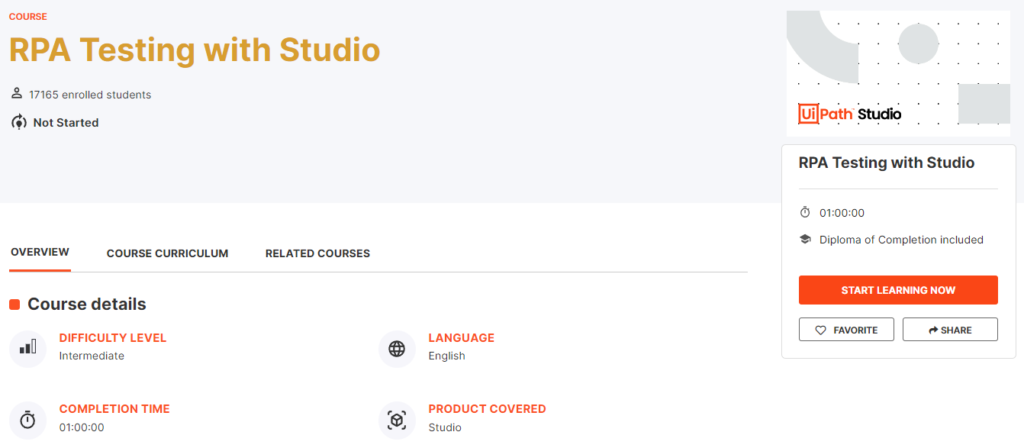
RPA is software, so the development cycle has to include all the established stages, including testing. Done correctly, RPA testing can lower maintenance costs, thus increasing the value brought by automation.
This course positions RPA testing in the overall automation process and covers in depth the relevant features for testing in UiPath Studio. It mainly focuses on unit testing for your RPA workflows and includes best practices from projects implemented by the UiPath development teams.
At the end of this course you should be able to:
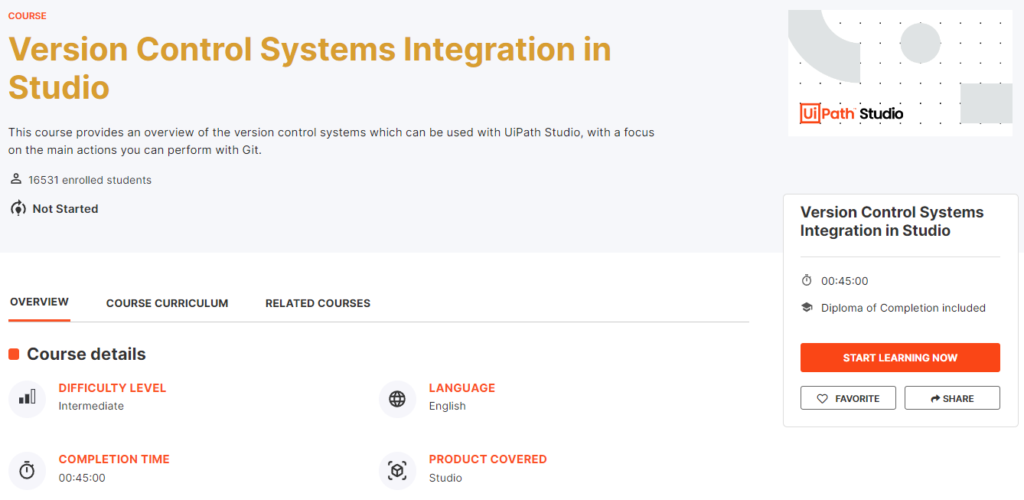
This course provides an overview of the version control systems which can be used with UiPath Studio, with a focus on the main actions you can perform with Git.
At the end of this course you should be able to:
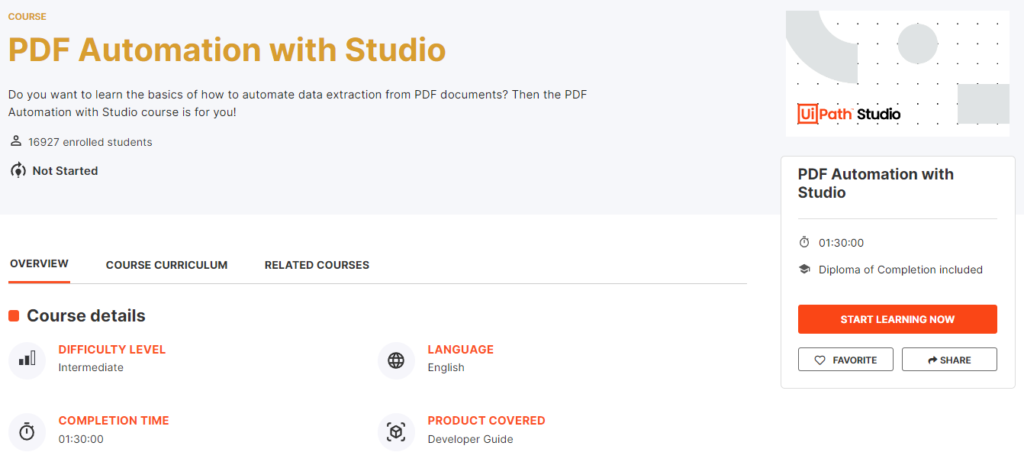
The PDF Automation in UiPath Studio course is for those with existing knowledge of RPA. You will learn more about UiPath Studio and PDF data extraction with UiPath. Through video tutorials, you will learn about the types of PDF documents and how to install the UiPath PDF Activities package. We teach about UiPath PDF scraping and how to extract data from blocks of text and tables in PDFs using UiPath Studio.
At the end of this course you should be able to:
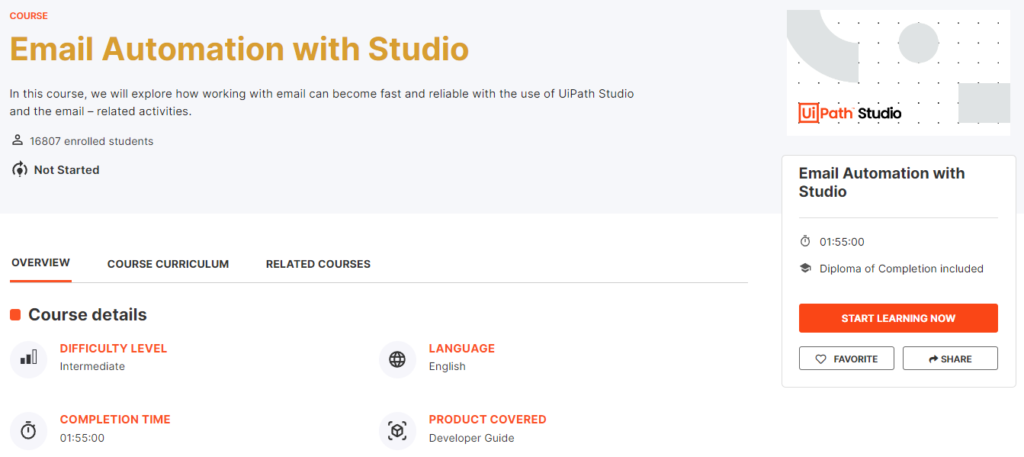
In this course, we will explore how working with email can become fast and reliable with the use of UiPath Studio and email-related activities.
Keep your inbox open and get ready to see the tasks that can be automated in order to save valuable time.
At the end of this course, you should be able to:
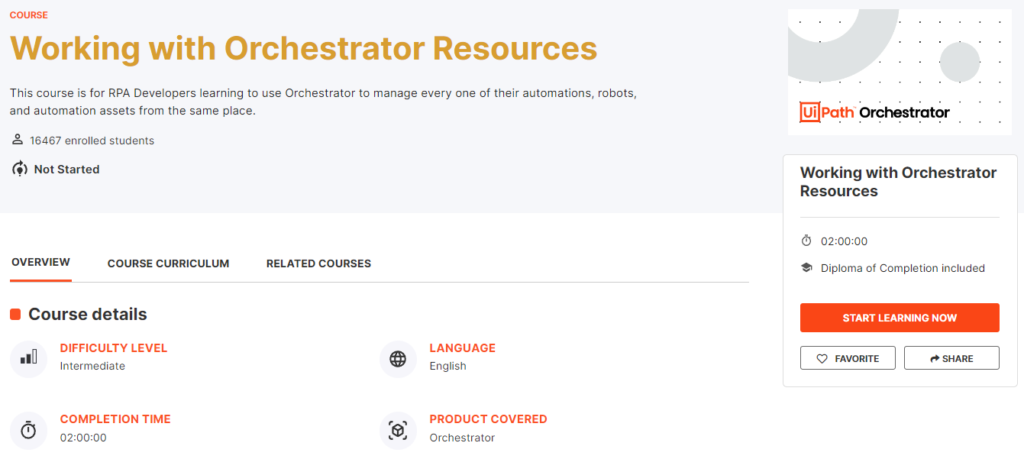
In this course, we’ll look at topics such as working with queues, differentiating processes based on the way they handle transactions, as well as clearly identifying transactions to automate within a process. Apart from this, we’ll also look at the possibility of using Orchestrator as a repository for libraries, assets, and so on.
At the end of this course you should be able to:
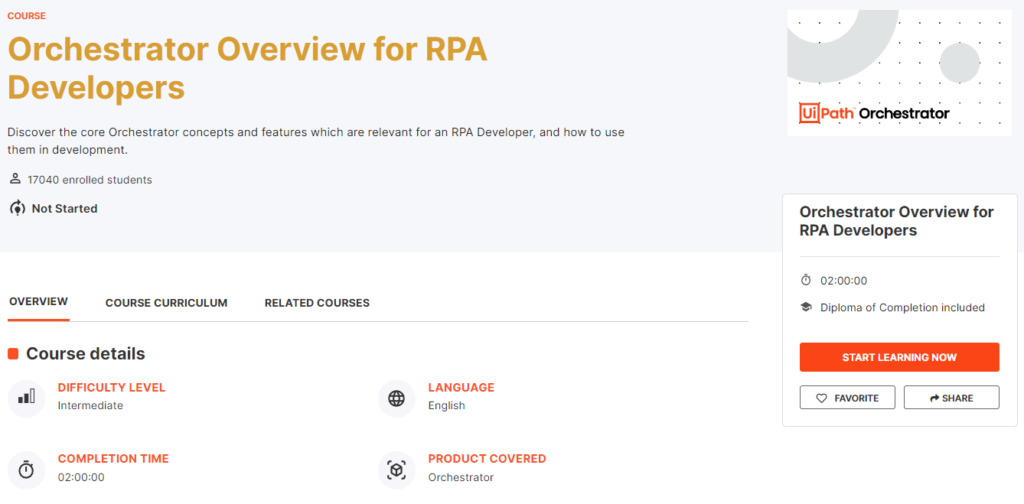
Orchestrator is at the core of the UiPath Platform, providing management capabilities for automation and robots. These capabilities are needed in smaller-size deployments, as well as at an enterprise scale, where organization modelling is also necessary.
We’re here to cover Orchestrator from the perspective of an RPA Developer. We’ll be focusing more on the core Orchestrator concepts and features, using them in development, and seeing how they’ll work at runtime.
At the end of this course you should be able to: